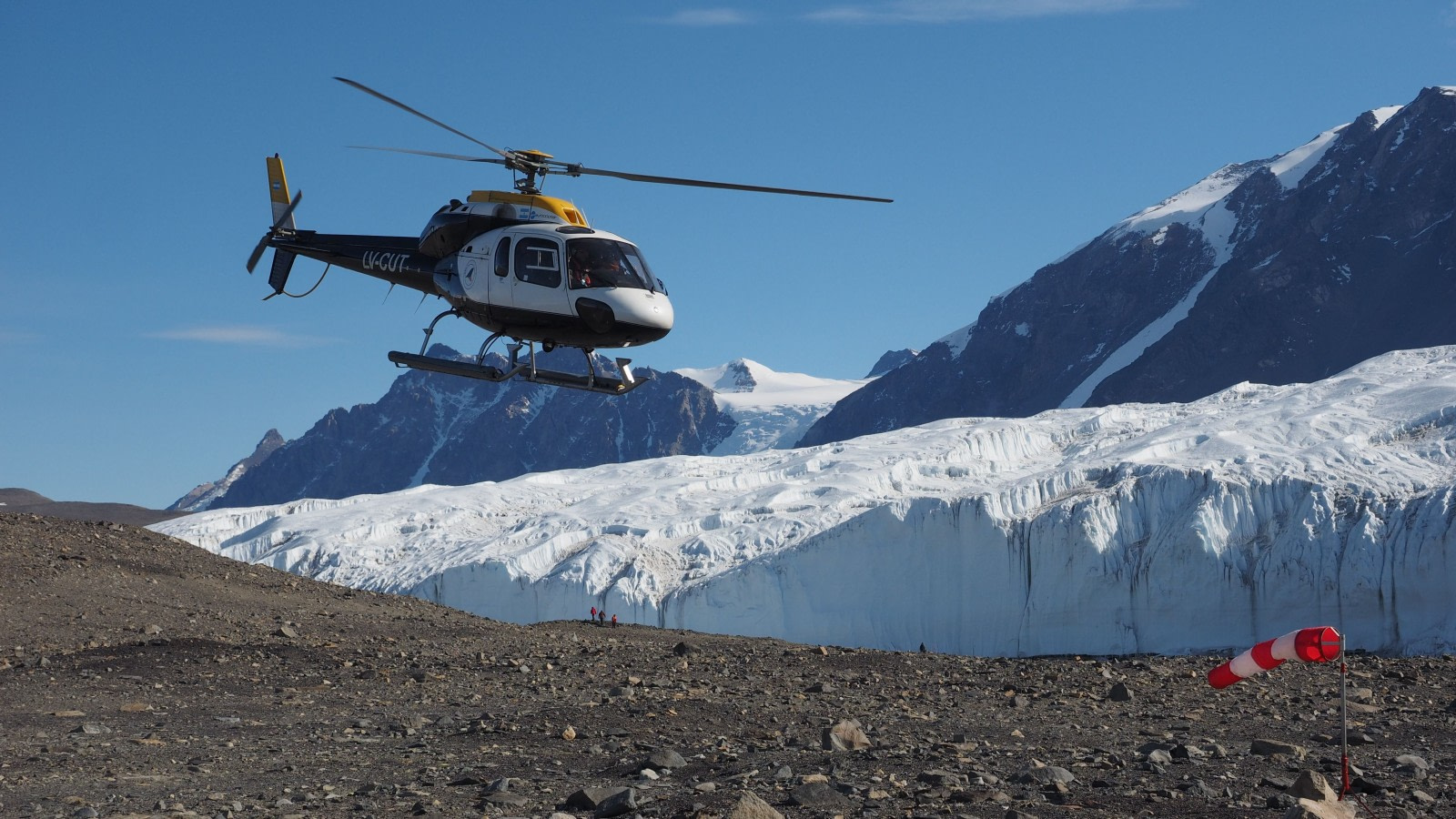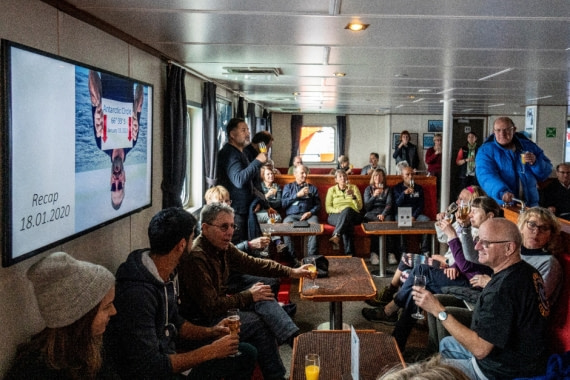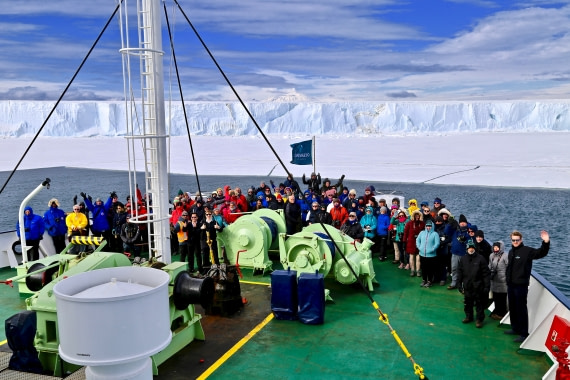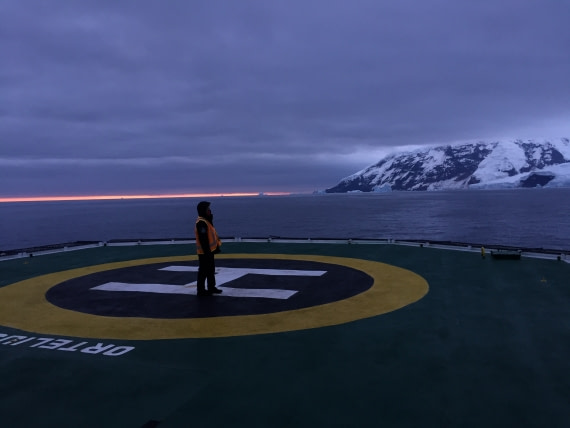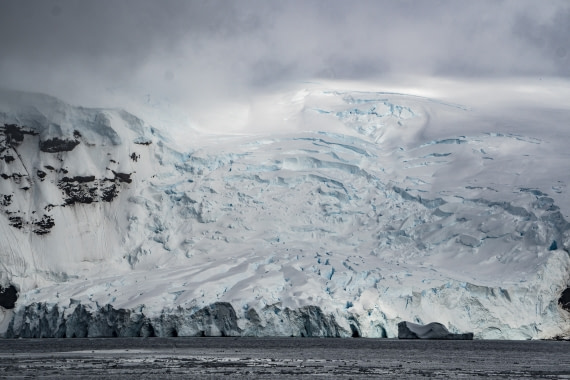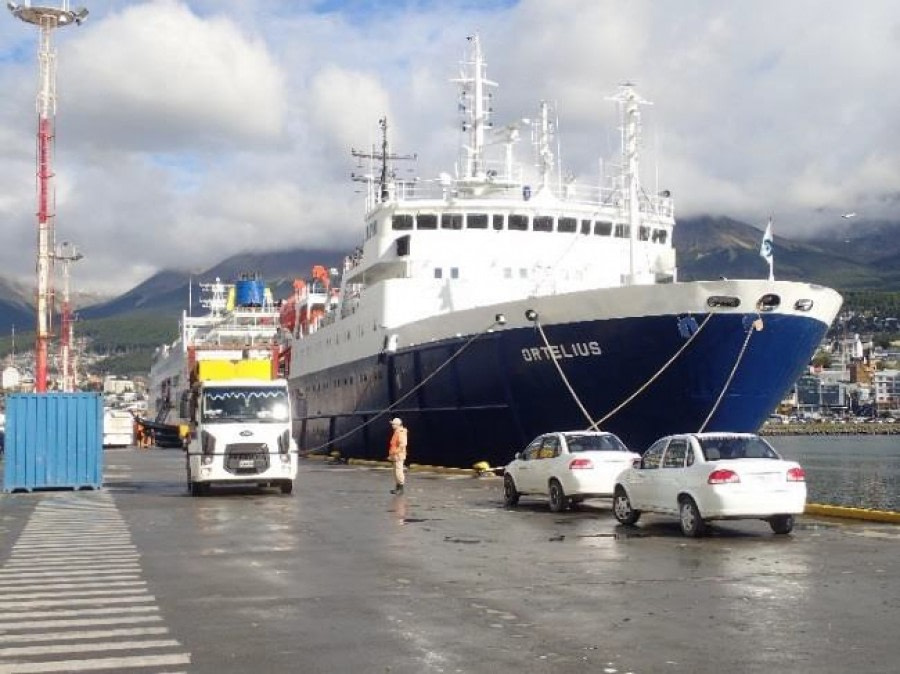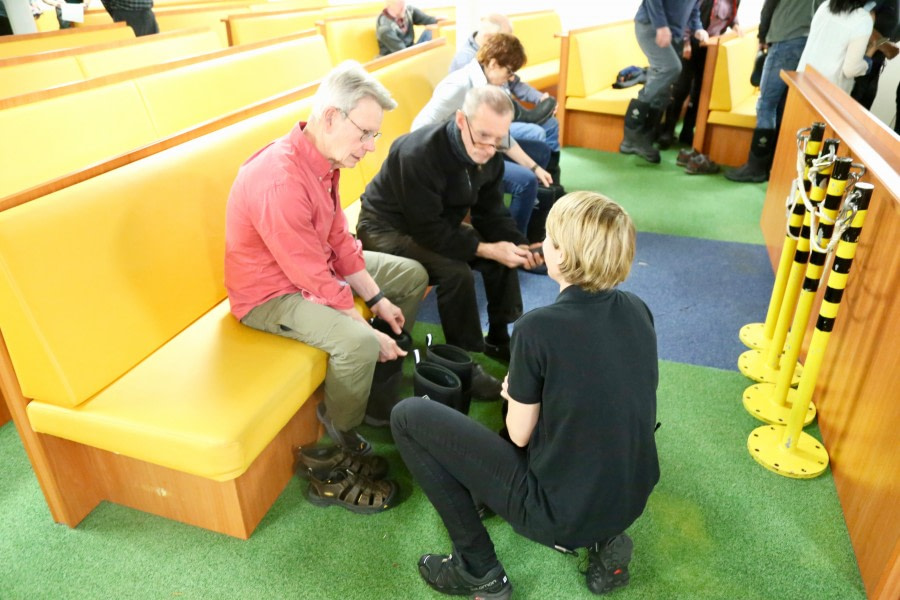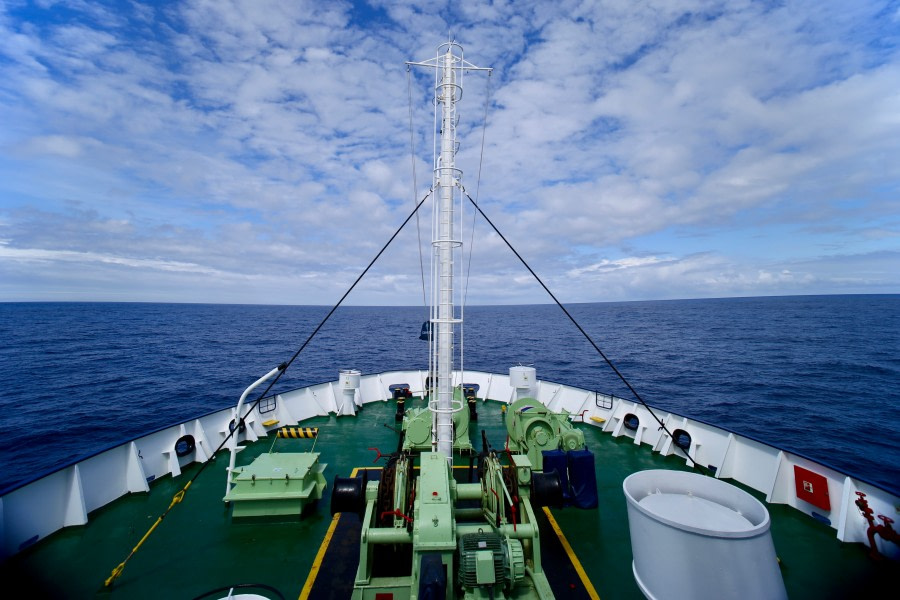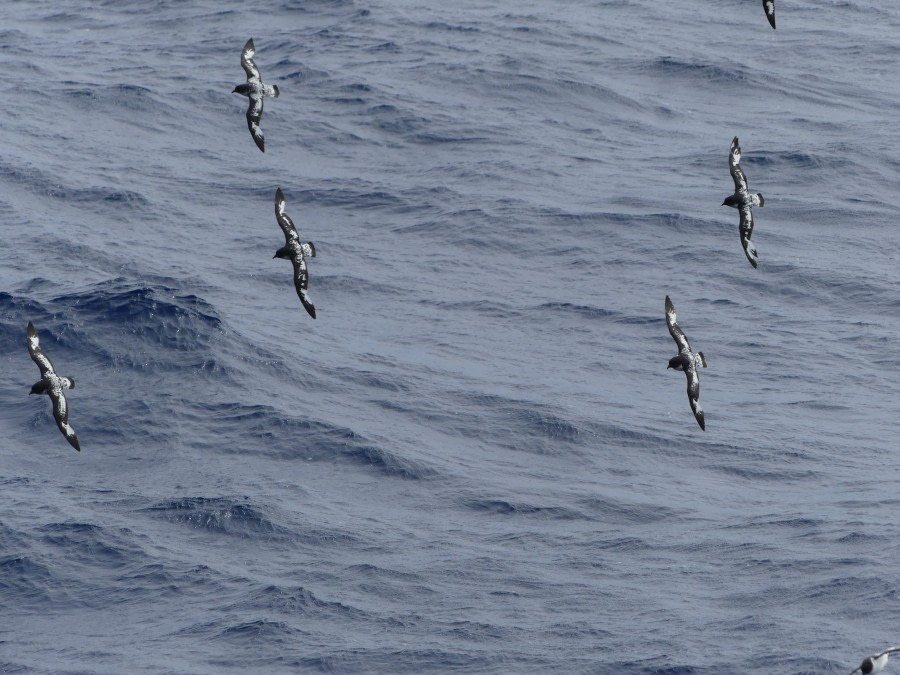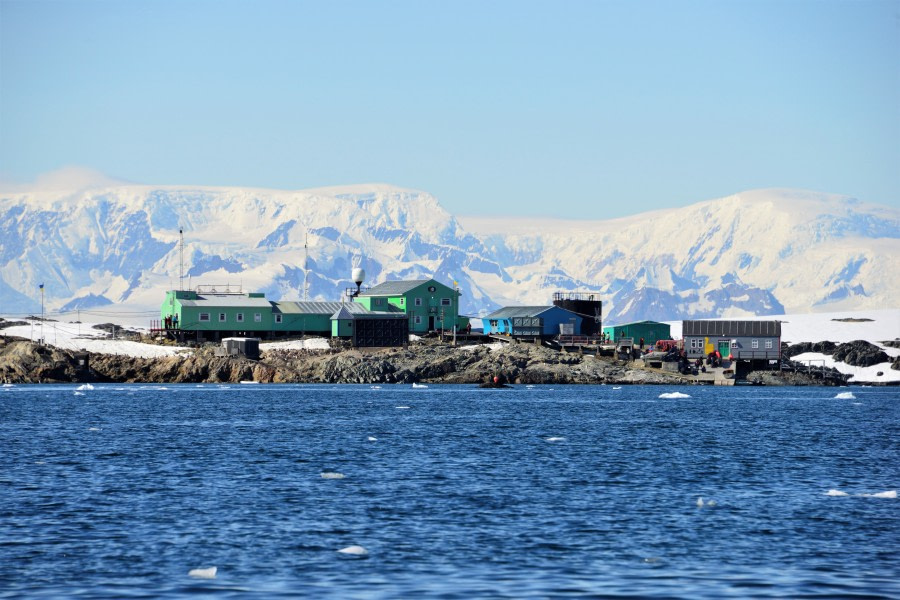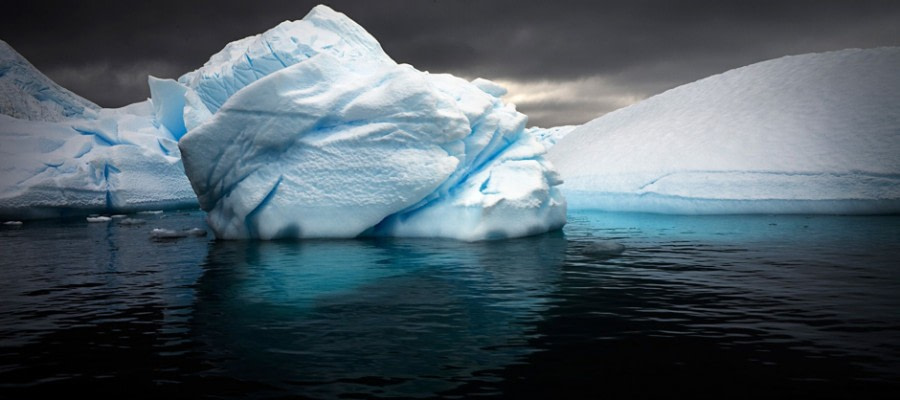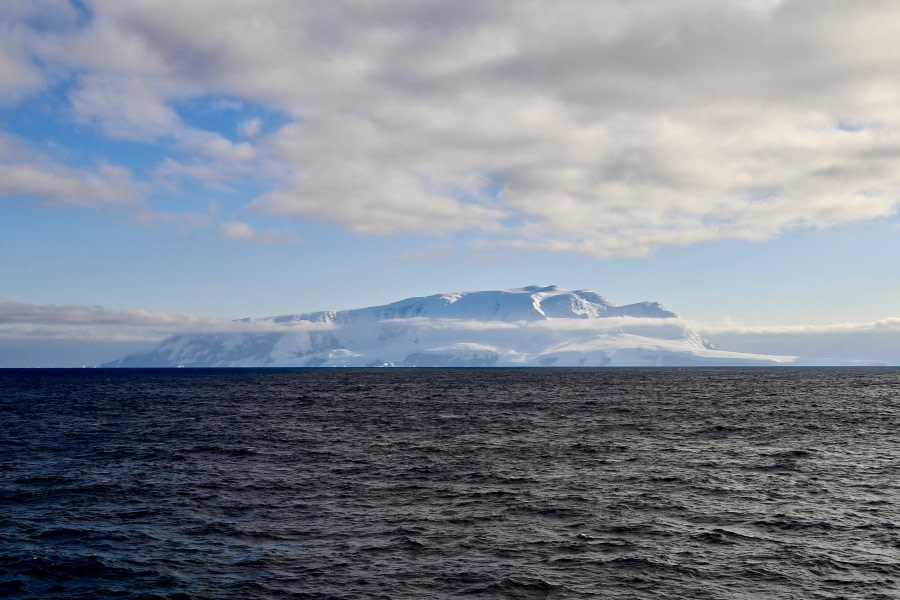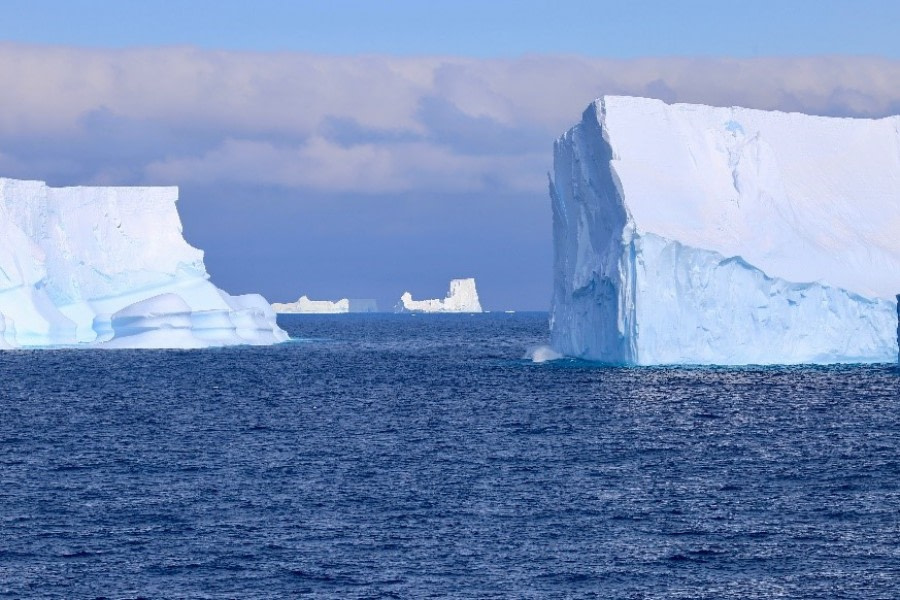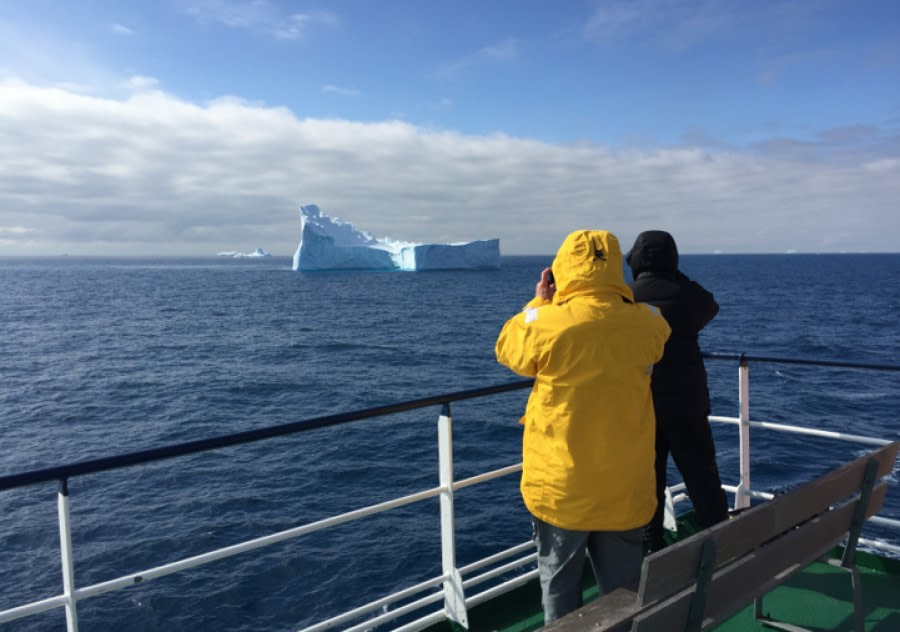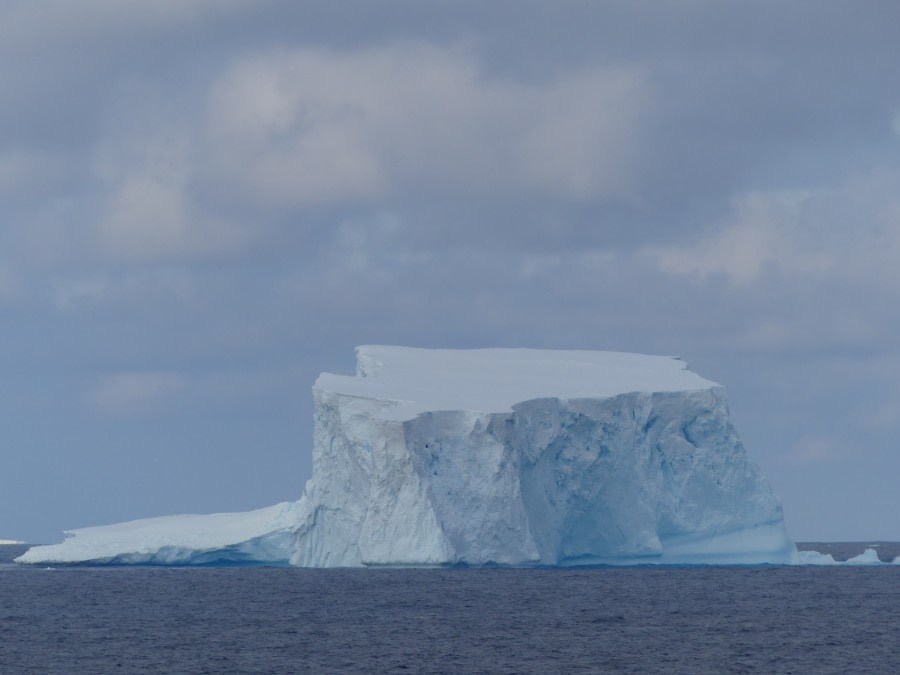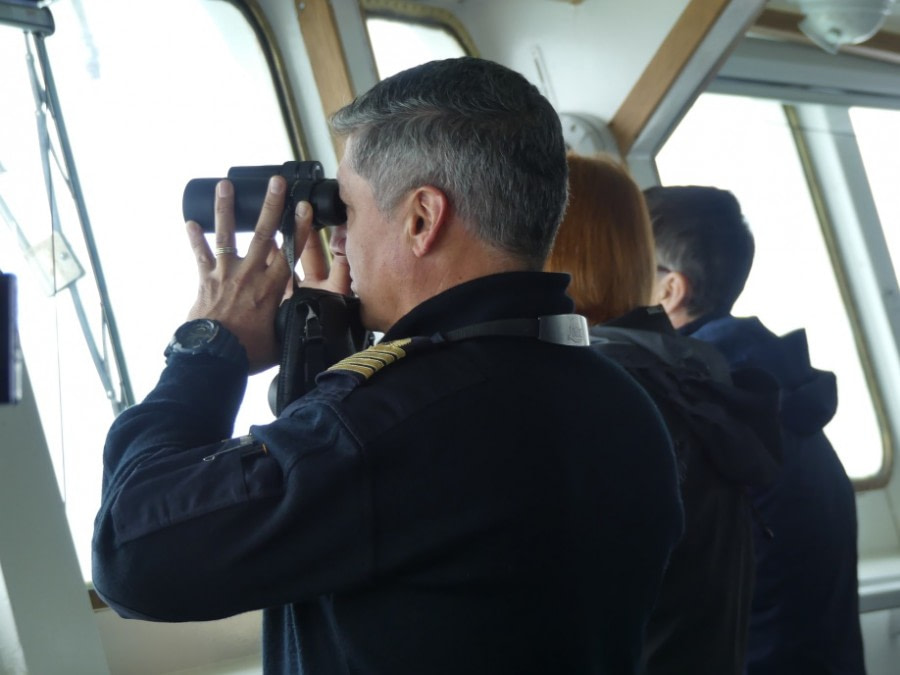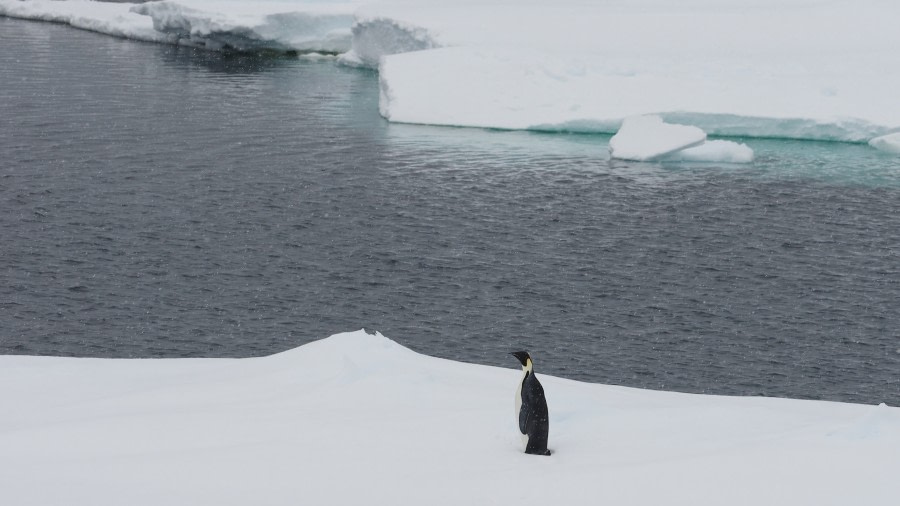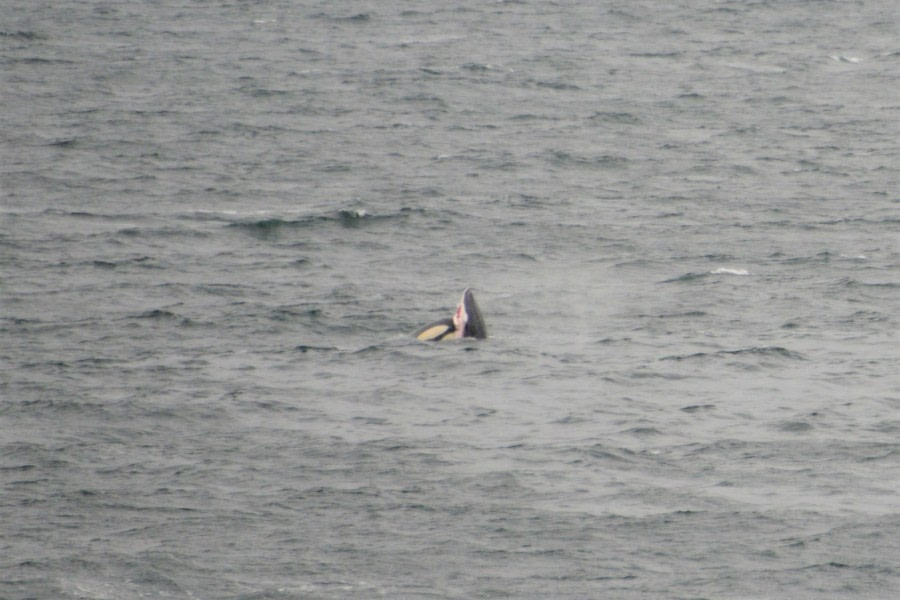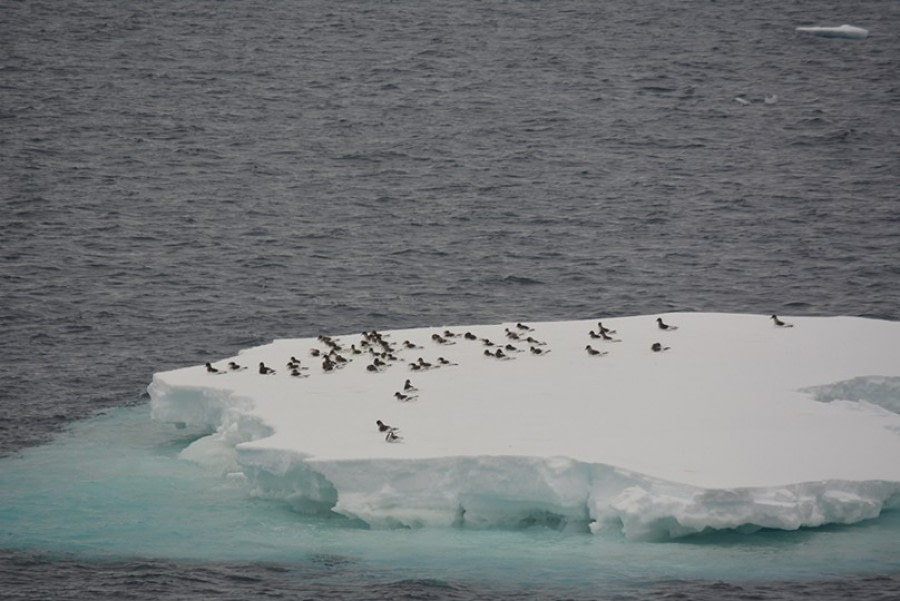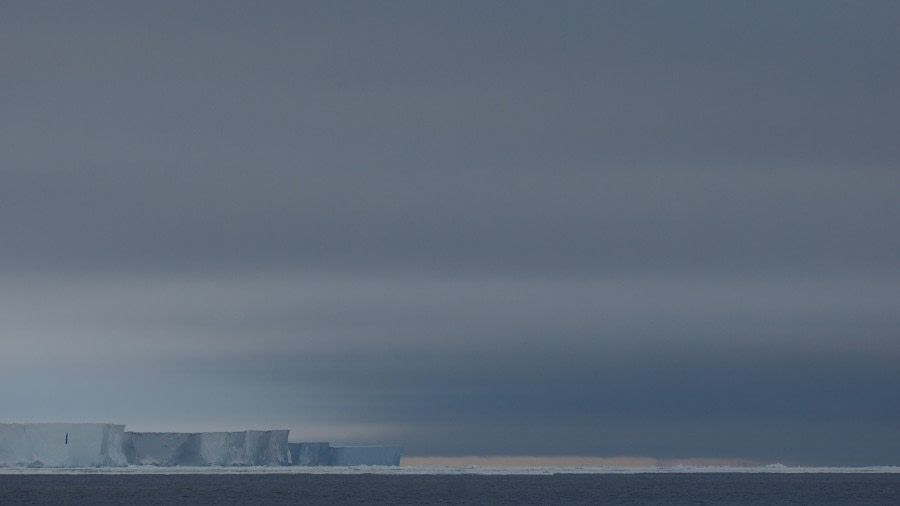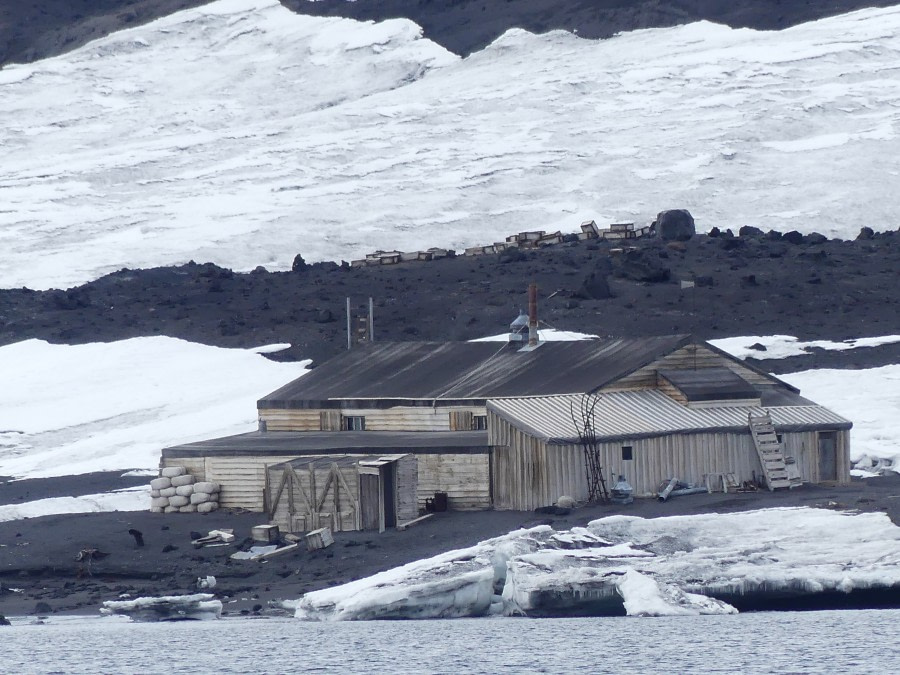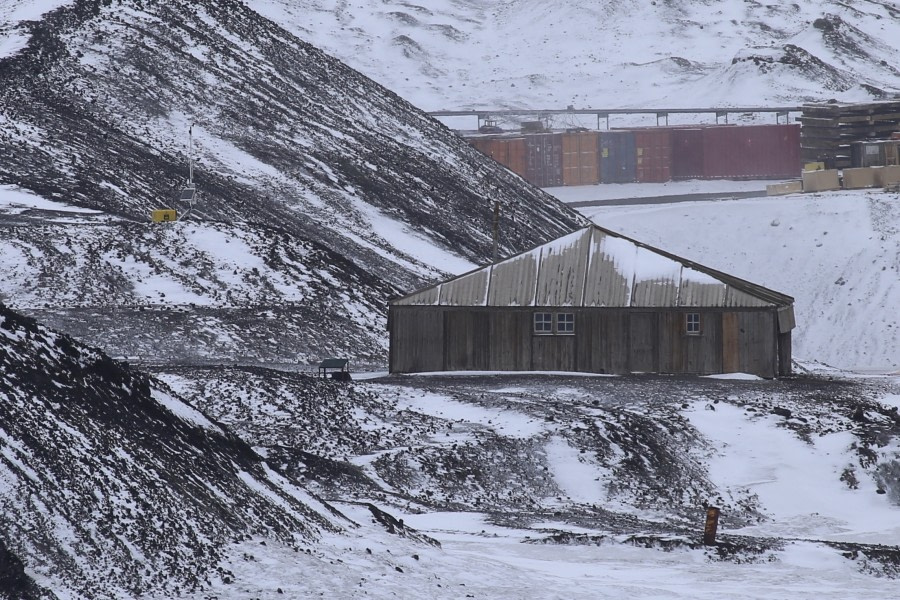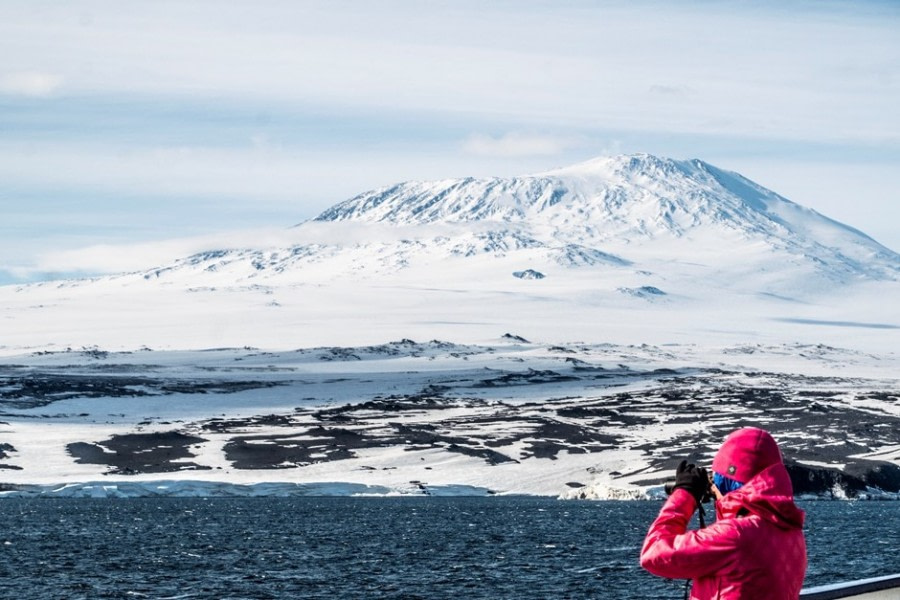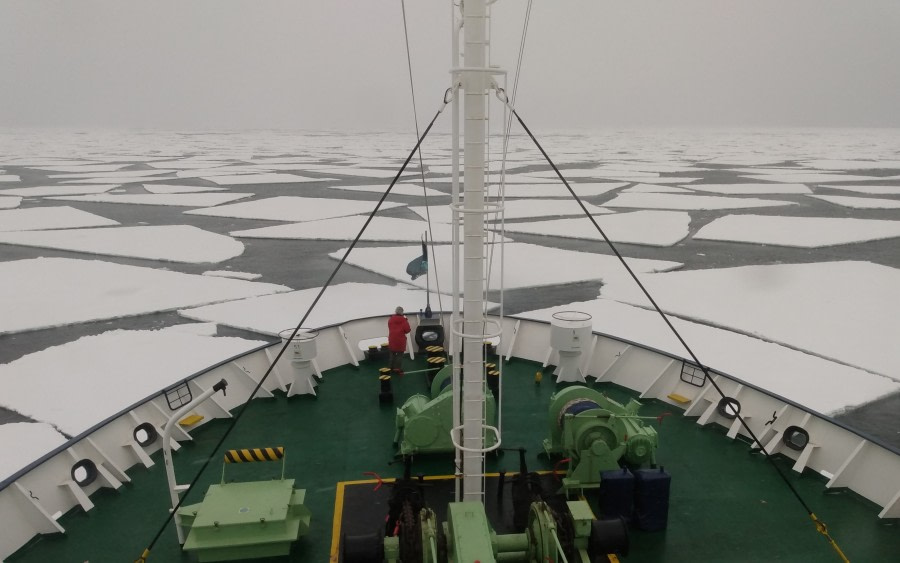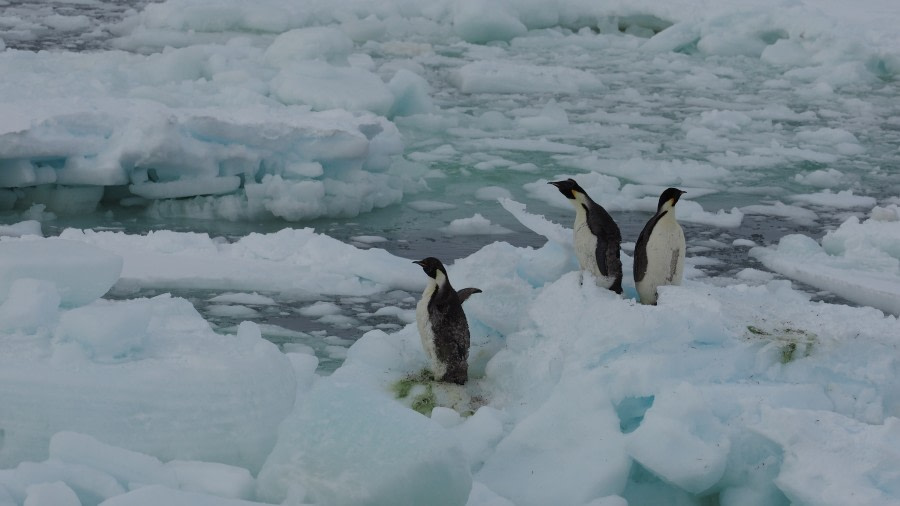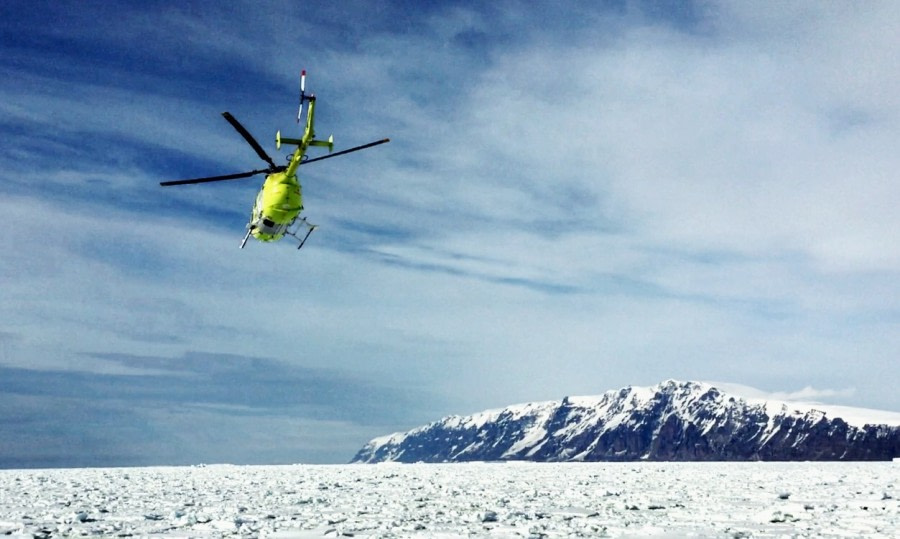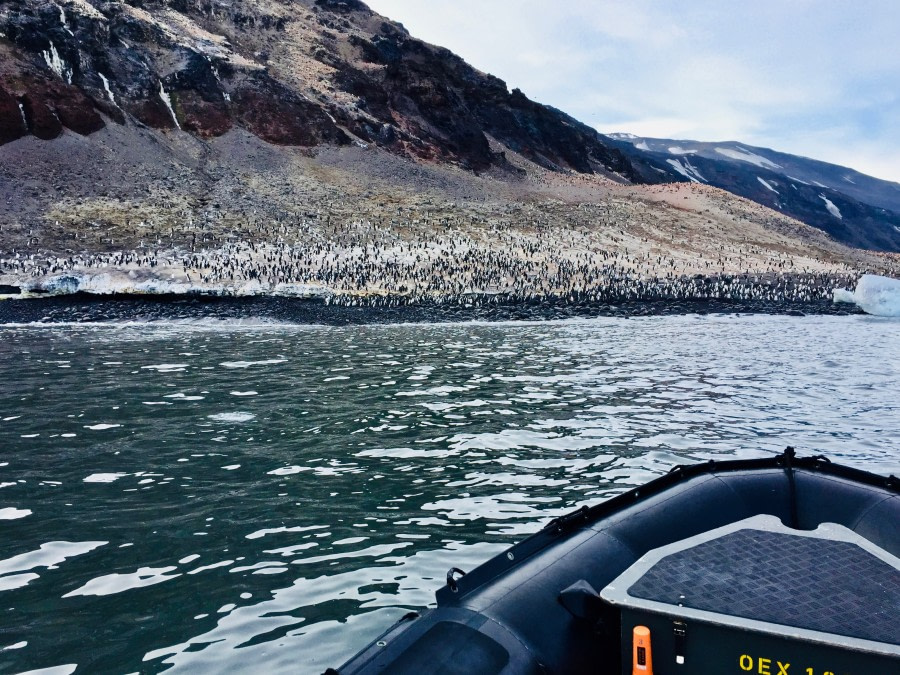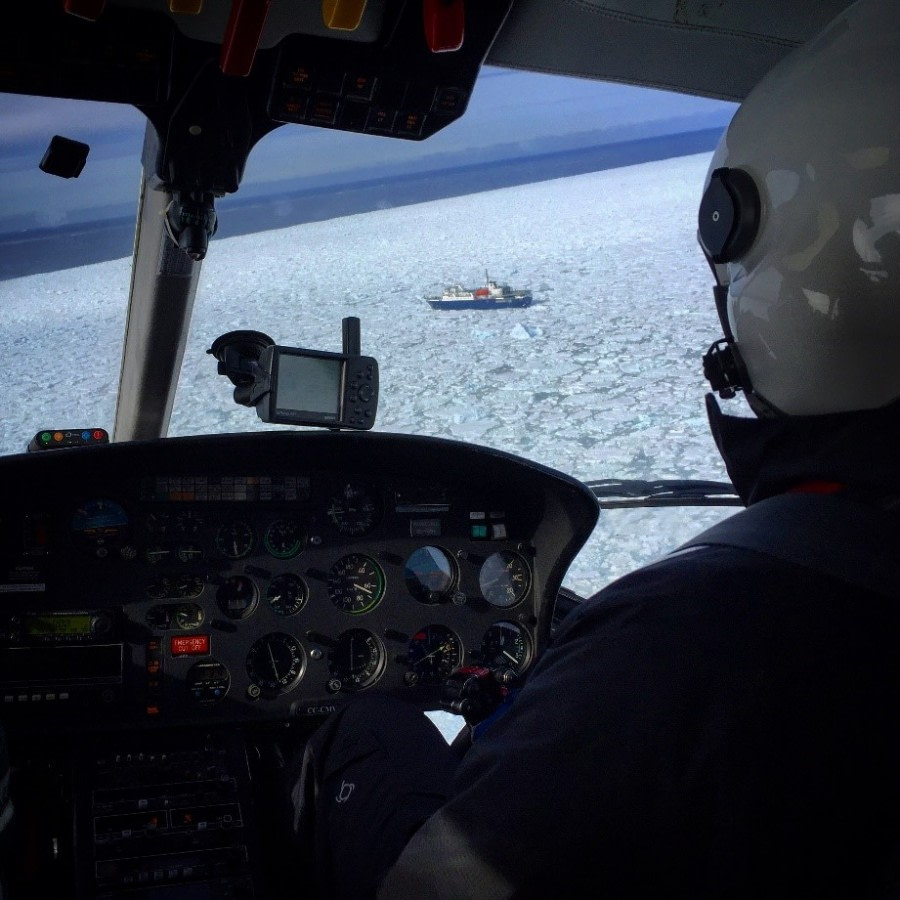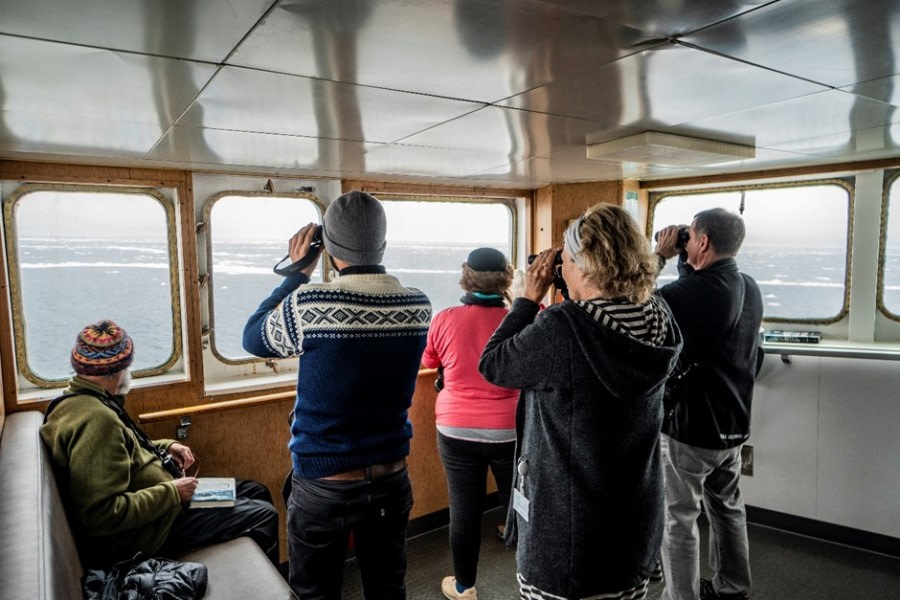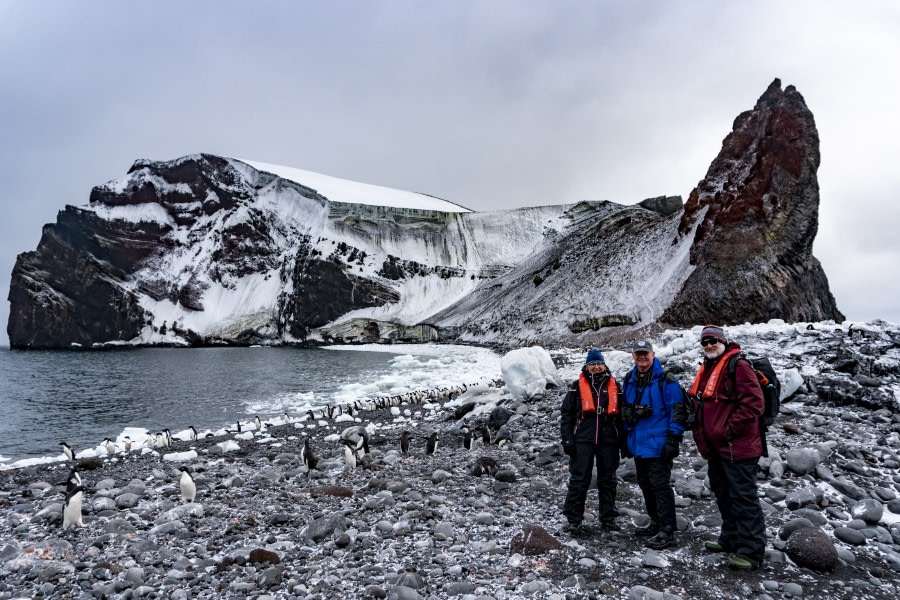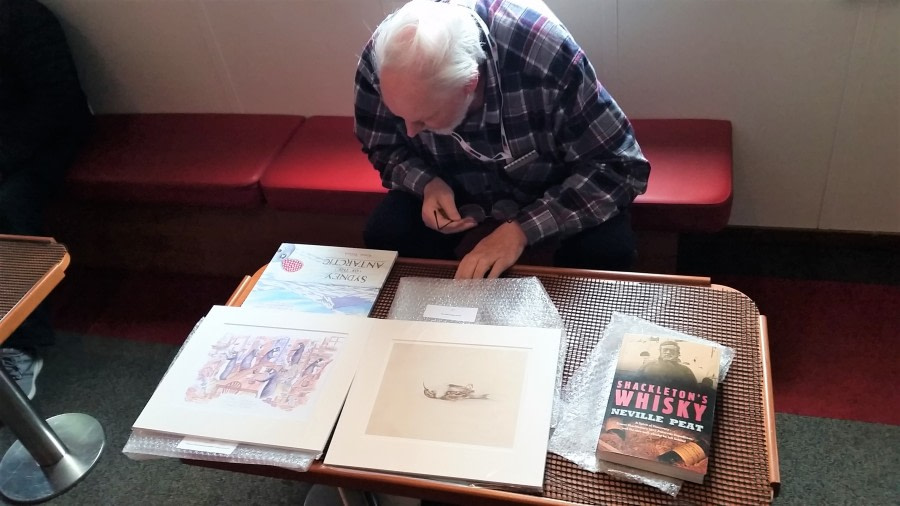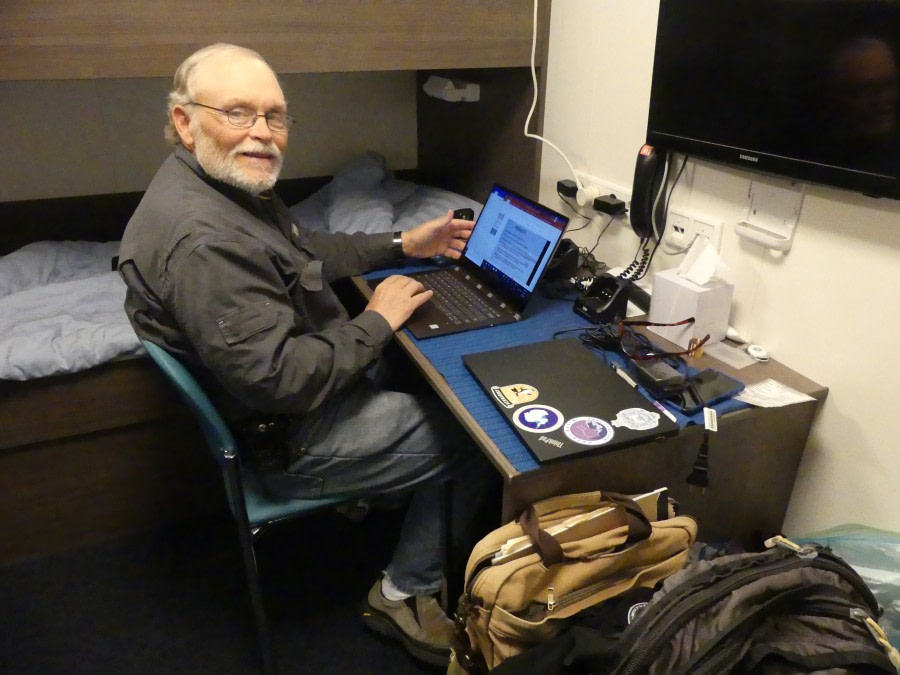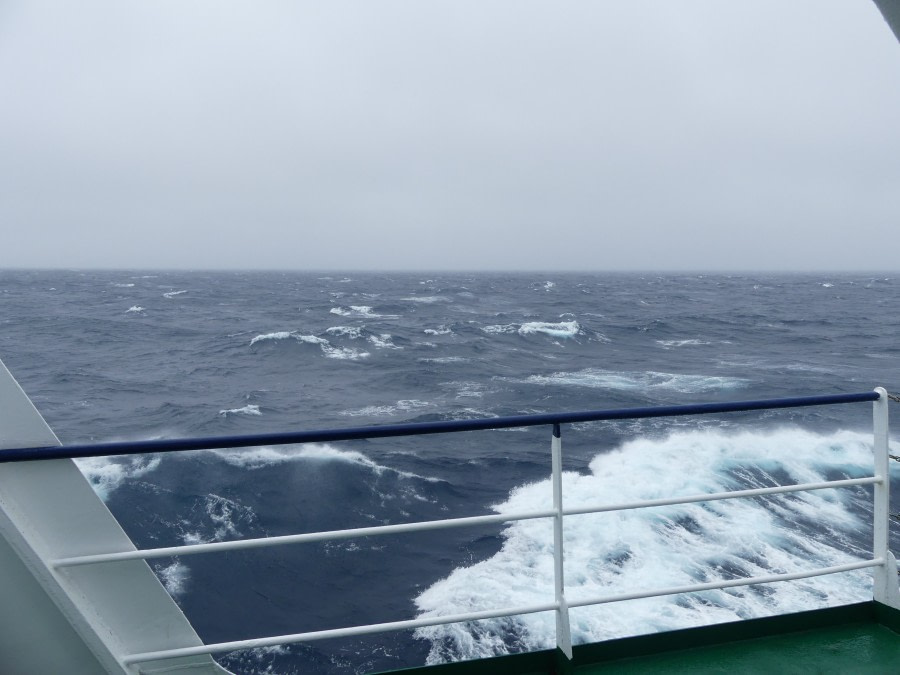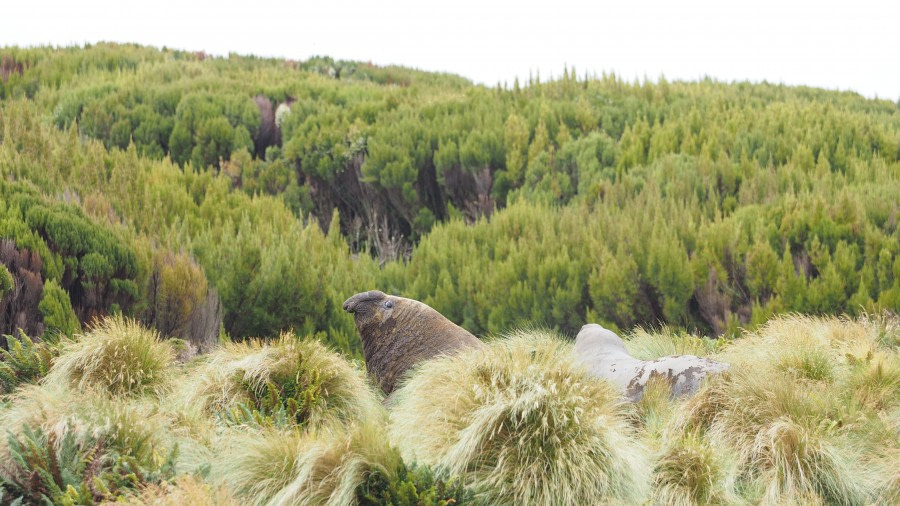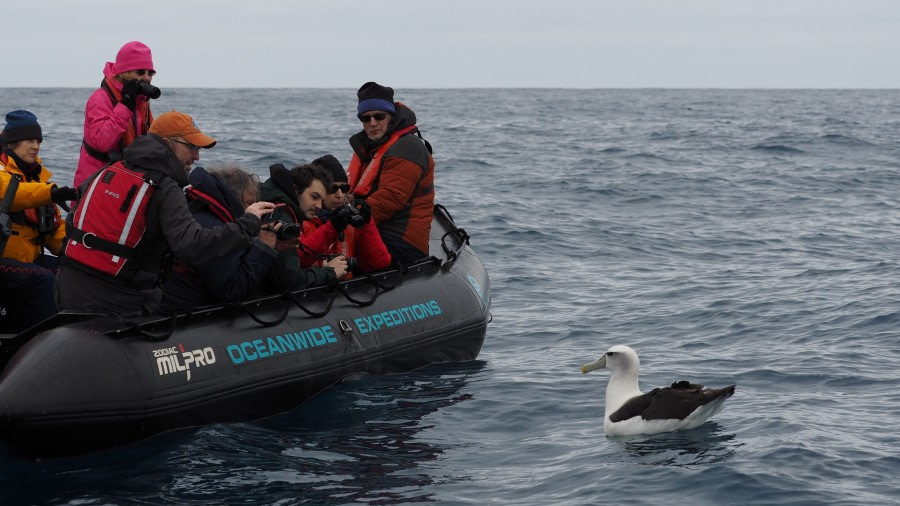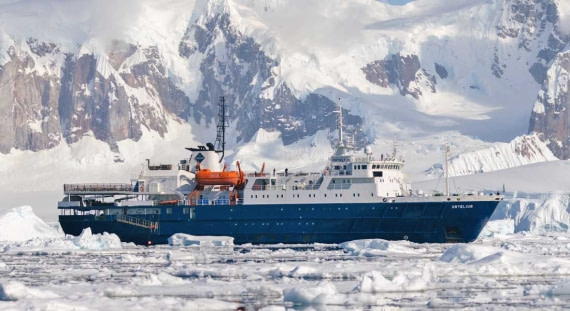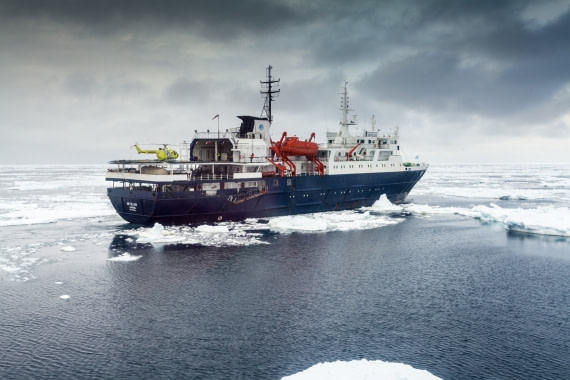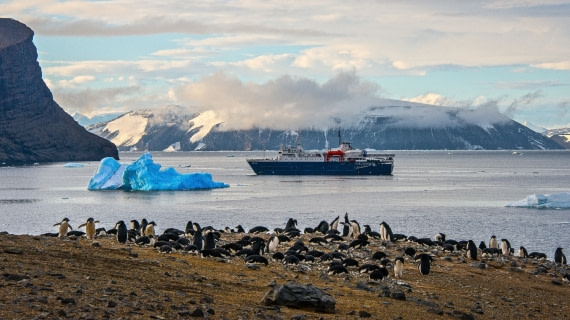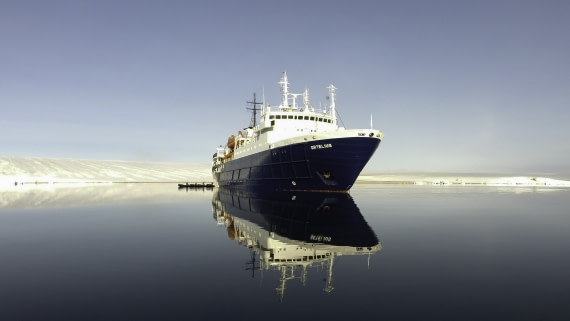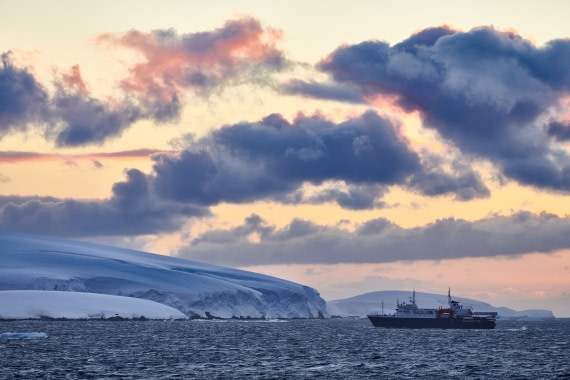| Fecha: |
17.01.2020 |
| Posición: |
65°13'S / 064°14'O |
| Viento: |
SE2, Brisa ligera |
| Clima: |
Parcialmente nublado |
| Temperatura del Aire: |
+5 |
"¡Buenos días, buena gente de Ortelius!" NOOO... es demasiado temprano. Fue muy difícil salir de la cama esta mañana cuando recibimos la llamada de Delphine a las 05:15. Pero valió la pena.
Pero ha merecido la pena. Después de abrigarnos bien, salimos valientemente al aire fresco de la mañana, y vaya mañana. Bajamos por el canal Lemaire, con trozos de hielo aquí y allá y cielos despejados.
Había algunas nubes que ocultaban un par de picos cercanos, pero no hacían más que realzar el misterio del canal. Con la isla Booth a estribor, que se eleva 920 metros sobre el mar, y la Antártida continental, que se eleva a más de 1.000 metros a babor, todos quedamos extasiados ante el esplendor escénico del canal Lemaire.
El capitán Earnesto y su tripulación guiaron con pericia al Ortelius por el estrecho canal esquivando la mayor parte del hielo, pero atravesando estratégicamente algunas secciones del mismo. Divisamos algunas colonias de pingüinos a distancias inverosímiles por empinadas laderas nevadas, algunas focas descansando sobre enemigos de hielo e incluso algunas Yubartas viajando en la otra dirección mientras pasábamos una hora sublime en el Lemaire. Cuando emergimos en el extremo sur de la isla Booth, nuestro mundo se abrió a unas vistas igualmente encantadoras a lo largo del estrecho de Penola. Dejamos atrás la colonia de Pingüino barbijo más meridional de la isla Booth mientras continuábamos durante otra hora hacia las islas Argentinas, el lugar de cría de Pingüino juanitos más meridional. Por el camino pasamos por la isla Petermann, donde Jean Charcot invernó en el Porquois Pas? en la bahía de la Circuncisión a principios del siglo XX. Todos nos metimos dentro para tomar un merecido desayuno caliente, así que la mayoría nos perdimos la navegación tras las islas Argentinas, pero no tardamos en estrenar por fin nuestro equipo impermeable para el frío para nuestra primera salida en la Antártida.
La primera mitad de nosotros se dirigió en zodiacs para un fantástico crucero alrededor de los muchos icebergs, grandes y pequeños, cerca del barco. Encontramos focas cangrejeras y docenas de ballenas jorobadas, algunas tan cerca que oímos sus soplidos y olimos su aliento. Qué criaturas tan magníficas surcando el agua helada. Para algunos de nosotros, los propios icebergs nos causaron tanta alegría como entusiasmo. La variedad de formas y tamaños, colores y texturas era extraordinaria mientras navegábamos por un mar tranquilo y soleado.
La otra mitad se dirigió directamente a la estación Vernadsky, donde nos recibieron calurosamente los científicos y el personal ucranianos. Nos enseñaron generosamente la estación, que comenzó su andadura en 1956 como la estación británica de Faraday. En 1995, a raíz de los protocolos medioambientales de Madrid del Tratado Antártico, Gran Bretaña tuvo que seguir manteniendo la estación y gestionarla según las nuevas y estrictas directrices medioambientales a un coste muy elevado, o eliminarla junto con todo lo que la rodeaba. Mientras tanto, cuando la Unión Soviética se desintegró en 1991, Rusia se quedó con todas las estaciones antárticas y dejó a una entusiasta comunidad científica en Ucrania sin un lugar donde estudiar. Era una combinación perfecta. Gran Bretaña vendió la estación a Ucrania por la simbólica suma de una libra esterlina y los ucranianos han realizado un trabajo ejemplar continuando con la investigación del agujero de ozono (que se descubrió con datos de la antigua estación Faraday), así como una serie de nuevos proyectos muy queridos por los científicos ucranianos. La estación es un hogar acogedor para el pequeño grupo de científicos. Con un amplio espacio de laboratorio y una agradable sala de estar, nos relajamos con los ucranianos, probamos un poco de vodka casero, enviamos postales y compramos algunos recuerdos hechos a mano. Fue una mañana encantadora.
Por último -y un poco demasiado pronto para algunos- hicimos un gran cambio. Los primeros en embarcarse en un crucero vinieron a la estación para recibir más hospitalidad, mientras que los primeros en visitar la estación se subieron a las zodiacs para navegar por las islas. El nuevo grupo que llegó a la estación fue recibido con el mismo entusiasmo amistoso que el primero y recibió sus excursiones y su vodka a su debido tiempo. Los segundos en las zodiacs cubrieron un terreno similar, pero como suele ocurrir en los cruceros, las experiencias fueron diferentes.
Pasamos por Wordie House, la antigua estación de investigación. De hecho, la presencia original se remonta a la expedición británica Grahamland de John Rymill. Tenían una cabaña aquí, pero fue destruida (después de ser abandonada) por una enorme ola de un glaciar que se desprendió cerca. La casa Wordie era el epítome de una cabaña antártica británica, una acogedora y cálida estructura de madera perfectamente adaptada para pasar un frío y oscuro invierno en la Antártida. Los canales traseros de Wordie House estaban salpicados de Focas cangrejeras que dormían la siesta sobre los témpanos de hielo bajo el delicioso sol.
En el segundo crucero tuvimos icebergs igual de variados, ¡y algunos incluso tuvieron la emoción de ver Yubartas deslizándose bajo sus zodiacs! Fue difícil separarnos de una mañana así, pero nos quedaba un largo camino hasta el Mar de Ross y el almuerzo nos esperaba de vuelta en nuestro cálido barco. Después de comer, salimos rápidamente a mar abierto con unas condiciones perfectas, pero casi sin hielo. Sin embargo, nuestro día de vida salvaje no había terminado, ya que avistamos probablemente más de 100 ballenas jorobadas más, y uno o dos rorcuales aliblancos en las dos horas siguientes de navegación. A medida que avanzaba la tarde, muchos se echaron una siesta para compensar el madrugón, y el día terminó con una recapitulación, una cena y una película.
Darrel nos mostró un documental de viajes que ayudó a producir. Y por último, pero no por ello menos importante, retrasamos los relojes una hora antes de irnos a dormir, señal inequívoca de que por fin nos dirigíamos al oeste, hacia el Mar de Ross.
